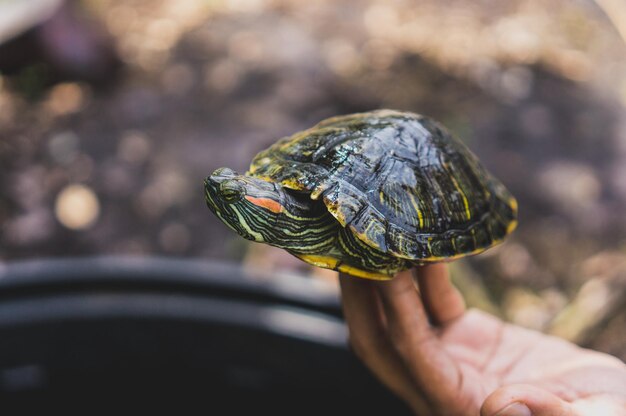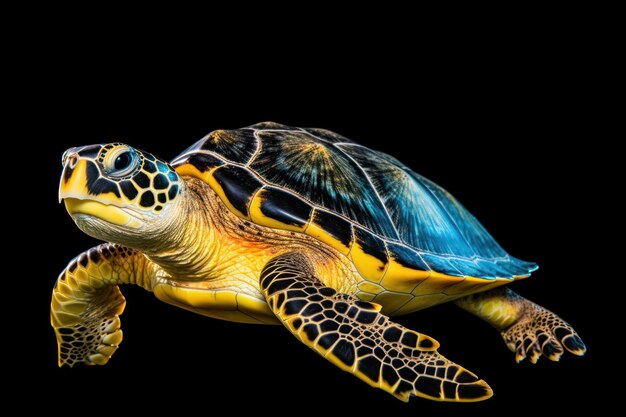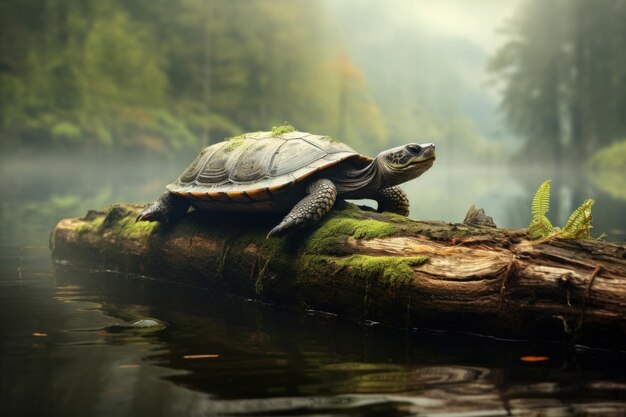Introduction to the Taimai Turtle
The Taimai turtle is a captivating and majestic species that has captured the hobby of researchers, conservationists, and natural international fanatics alike. This historical reptile, identified for its specific characteristics and vital features in marine ecosystems, is one of the most fascinating creatures worldwide. In this newsletter, we delve into each aspect of the turtle, imparting an in-depth look at its habitat, behavior, conservation reputation, and more.
Habitat and Distribution of the Taimai Turtle
In these days’s international,30-008 colibri pin iout precision and performance are essential in industrial and digital packages. One componentThey thrive in warm waters, often close to coral reefs, lagoons, and coastal areas. Their habitat choice is stimulated by the resources of using the supply of meal sources, nesting web websites, and water temperature. The turtle’s distribution is giant. However, precise populations can be positioned in areas that consist of the Indian Ocean, the Pacific Ocean, and factors of the Atlantic Ocean.
Physical Characteristics of the Taimai Turtle
The Taimai turtle is thought of for its unique abilities. Its shell, or carapace, is streamlined and guarded with thick, keratinized scutes, offering protection and valuable hydrodynamics resources. Adult turtles can benefit from remarkable sizes, with some people measuring over 3 feet long and weighing as many as a hundred pounds. Their flippers are tailored for swimming long distances, allowing them to navigate the open ocean correctly. The coloration of the turtle varies but usually consists of sun sunglasses of inexperienced, brown, and olive, assisting them in aggregating into their marine environment.
Diet and Feeding Habits
The Taimai turtle is commonly herbivorous, feeding on plenty of marine plants embodying seagrasses and algae. However, they may be acknowledged to be exposed to opportunistic feeding behaviors, sometimes ingesting invertebrates like jellyfish and sponges. Their diet plan performs a crucial role in maintaining the fitness of marine ecosystems, as their grazing conduct helps alter the increase of seagrasses and particular underwater vegetation. This, in turn, allows a severe array of marine life by promoting habitat complexity.

Reproduction and Lifespan
Reproduction in Taimai turtles is a top-notch approach. They are identified for their lengthy migrations to return to their natal beaches, where they lay their eggs. Females usually nest at night, digging deep pits within the sand to deposit their eggs. A single nesting occasion can bring about laying over 100 eggs, which incubate for about 60 days. The sex of the hatchlings is decided by using the temperature of the sand, with hotter temperatures producing girls and cooler temperatures yielding men. Once hatched, the younger turtles make the dangerous adventure to the ocean, going through numerous threats.
The Taimai turtle has a prolonged lifespan, with humans frequently living to be 50 years or older in the wild. Different factors encourage their sturdiness, including environmental situations, predation, and sports activities. Despite their capability for a prolonged existence, turtles face massive stressful conditions threatening their survival.
Conservation Status and Threats
The Taimai turtle is classified as a willing species, with populations declining because of a mixture of natural and human-caused elements. Habitat destruction poses an exceptional hazard, particularly the lack of nesting beaches due to coastal development and erosion. Additionally, pollutants, entanglement in fishing devices, and weather alternately impact their survival.
Efforts to protect the Taimai turtle consist of global agreements and the Convention on International Trade in Endangered Species (CITES), which regulates the change of turtle merchandise. Conservation applications recognize habitat safety, lower bycatch in fisheries, and raise public interest in the importance of turtle conservation.
Role in Marine Ecosystems
The Taimai turtle plays a vital role in preserving the fitness of marine ecosystems. By eating seagrasses and green growth, they help forestall the excess vegetation, guaranteeing a reasonable climate. This nibbling interest advances the development of seagrass beds, which include critical natural surroundings for various marine species, including fish, shellfish, and different spineless creatures. The turtle’s characteristic in nutrient cycling similarly contributes to the productivity and biodiversity of aquatic environments.
Human Interactions and Cultural Significance
The Taimai turtle has historically been significant to many coastal organizations. In certain societies, they might be viewed as images of solidarity, information, and the interconnectedness of ways of life. Notwithstanding, they’ve additionally been taken advantage of for their shells, meat, and eggs, adding to their decay.
Modern conservation efforts aim to balance the cultural importance of the turtle with the need for species protection. Community-primarily based conservation tasks work to engage neighborhood populations in turtle conservation, promoting sustainable practices and reducing direct threats to the turtles.

Research and Monitoring Efforts
Continuous examination and checking are significant for understanding the Taimai turtle’s nature and further developing protection procedures. Scientists use numerous methods, including satellite television for computer monitoring and genetic evaluation, to examine their migration patterns, habitat use, and population genetics. These studies offer valuable insights into the existence of records and the conduct of turtles, as well as information on conservation policies and management plans.
Conclusion
The Taimai turtle is a splendid species that plays a critical role in marine ecosystems. Regardless of a few requesting circumstances, endeavors to secure and monitor this species are continuous. By understanding the Taimai turtle’s science, environment, and dangers, we can progress toward guaranteeing its endurance for people in the future. Through global collaboration, studies, and local area commitment, we can assist with safeguarding the fate of the Taimai turtle and the marine conditions they occupy.


[…] you are an avid player of phrase games, you are possibly familiar with Phoodle Hint Today—a amusing, meals-themed word puzzle that has taken the net through typhoon. Each day, players […]
[…] pulsar 420779 watch price, an eminent seal inside the global of watches, is broadly perceived for blending moderateness with sublime craftsmanship. One of the champion models of their arrangement is the Pulsar 420779.This timepiece, with its glossy format and dependable capability, has captured the attention of watch lovers worldwide. But what many capability clients need to recognize is: What exactly is the Pulsar 420779 watch rate? This article dives deep into the specifics of this sought-after model, ensuring which you have all of the records important earlier than creating a buy. […]
Loved reading this! The Taimai turtle’s role in maintaining seagrass beds really highlights how interconnected marine life is. We should definitely do more to protect these magnificent creatures.